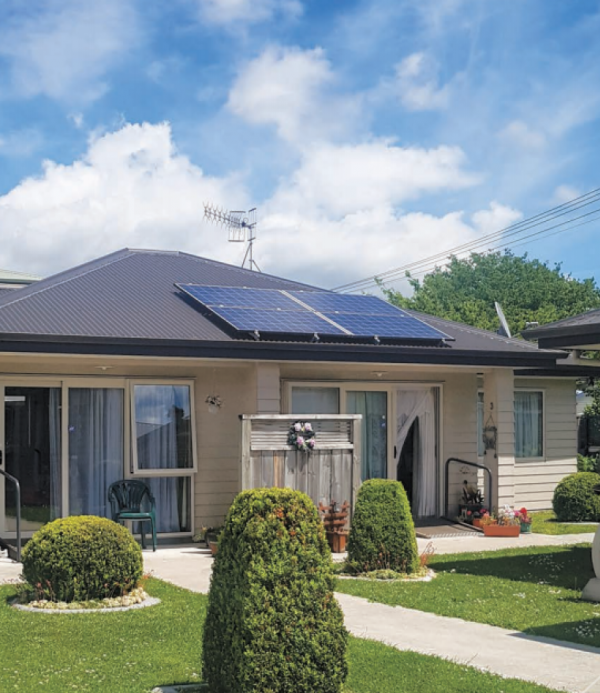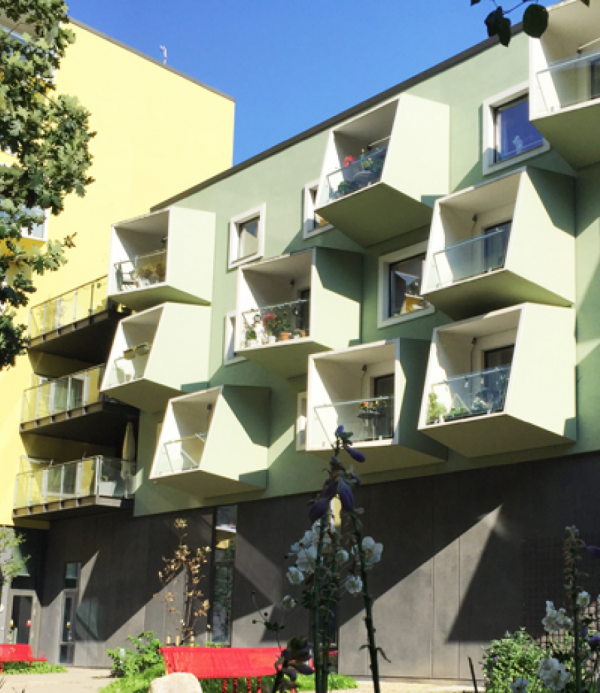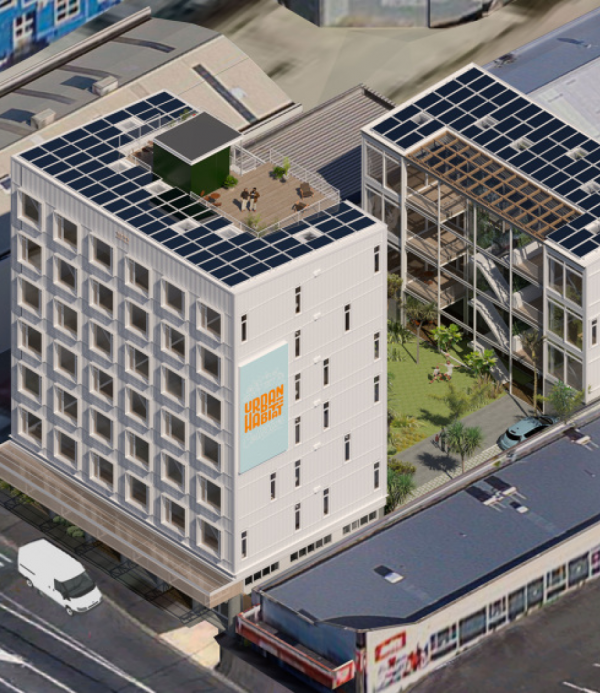Housing
Ngā kāinga
Housing needs to cater for a range of needs, designed so that people can feel connected to the community and have different options over time.
Provide a range of housing options
Kia whānui ngā whiringa kāinga
People live differently depending on their individual needs and preferences, family situation, and cultural background. Enabling a range of living options through universal design is important to give older people choices (just like anyone else).
Cultural factors that may influence housing needs include:
- household size and composition
- the need to have a flexible housing space
- proximity to whānau
- traditional food gathering sources
- marae
- other community infrastructure
Design tips
Hei whakaaro whakahoahoa
- Provide for a mix of residential densities within urban environments that provide choices for people to remain in the same neighbourhood as they age and move through different life stages.
- Encourage choice in housing and ownership types eg, (semi)-communal, co-housing, independent, papakāinga, serviced) and provide for this in urban development.
- Provide for housing formats that reflect the range of cultural practices, norms and preferences in the community. Consider the demographics of your current and future community.
Enable flexibility
Kia tāwariwari
Housing needs to be flexible. This provides people with options to change their house and remain in their community if they want to. Community connections can be maintained and people’s wellbeing and independence are supported.
Design tips
Hei whakaaro whakahoahoa
- Design residential and mixed use living environments that can be adapted over time, for example by adding a smaller unit as part of a main dwelling.
- Enable adaptation of existing houses, in residential and mixed use areas to allow for increased density of living.
Provide connectivity to streets and spaces
Kia tūhono pai ki ngā tiriti me ngā ātea
Living in housing that provides visual and physical connectivity to streets and spaces helps people feel present and part of a community.
Design tips
Hei whakaaro whakahoahoa
- Require a percentage of new housing to orientate living spaces to streets and public or shared open space. Discourage units that may be likely to be occupied by older people where there is no visual connectivity to public or shared spaces.
- In multi-unit design, ensure ground floor units have proximity to shared and public open spaces. Older people are more likely to be present during the day and easy access to these areas enables them to use these spaces and connect with others.
- Circulation and wayfinding that provides a clear line of sight to destinations is important when designing multi-unit developments. Use colour for identification of units, doors and natural light placement as well as level changes.
- Encourage housing for older people (including smaller unit types) close to public space, schools, libraries and other community facilities including transport hubs and work places.

Moa Crescent Kaumātua Village, Hamilton, Toolkit, He Keteparaha – He Kainga Pai Rawa Project (2017 - 2019)

Clustered units with balance between private and communal living. Health services on ground floor, Ørestad, Copenhagen.

Subsidised senior flats with supported living services, Papaoeia, Palmerston North

Co-housing development which includes people of all ages, Newtown, Wellington